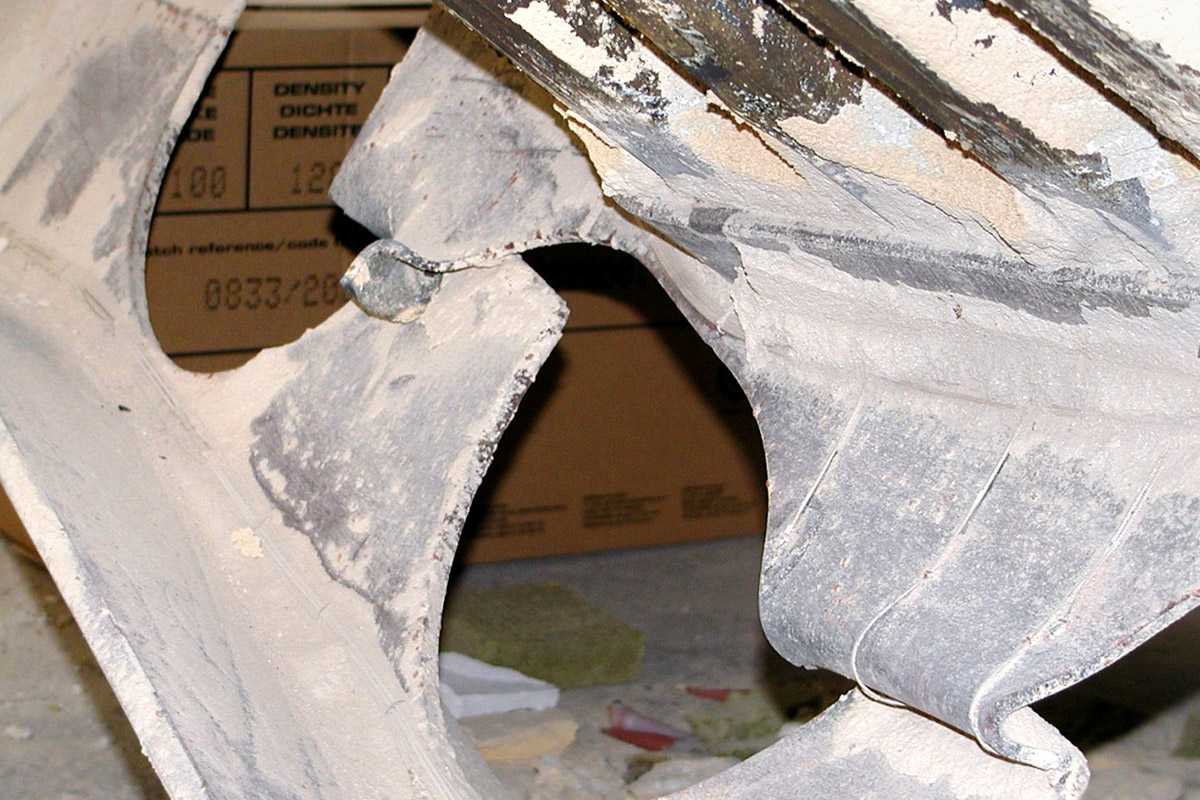Beams with web openings can include cellular beams fabricated from rolled sections or plate girders with circular or rectangular openings cut in the webs. Typical long-span floor beams of this nature are designed to act compositely with the floor slab, which greatly increases their load carrying capabilities.
Authored by Prof. R Mark Lawson of Surrey University and Dr Stephen Hicks of HERA, the latest design guidance on beams with web-openings was published by the Steel Construction Institute in 2011 as SCI Publication SCI P355.
The design rules contained within SCI P355 are based on two major research programmes funded by the European Commission between 2001 and 2003 together with 2007 and 2008, which included full-scale beam tests and fire tests.
The structural behaviour of beams with web openings is relatively complex and involves five main failure modes in room temperature conditions. The modes of failure are described in detail within SCI P355, which can be downloaded freely here.
The provisions in SCI P355 form the basis for the proprietary design software FBEAM® and Cellbeam, and it is understood that the provisions will be implemented within the future editions of the European design standards Eurocode 3 and 4. It is also intended that SCI P355 will be incorporated within the forthcoming joint Australian and New Zealand design standard for steel-concrete composite buildings, AS/NZS 2327.
A similar structural model as that used at room temperature is adopted for fire design, by taking into account the variation of the material properties with temperature. However, the structural behaviour of the cellular beam may differ in fire conditions compared to room temperature conditions.
The mode of failure observed in fire may be different to that observed for room temperature design. The principle difference will be the buckling behaviour of the web posts between the openings, which is influenced by the variation of yield strength and elastic modulus of steel with temperature.
The structural model must assume a temperature distribution on the beam cross-section in fire conditions to enable the capacity of the section to be calculated. Beams containing openings, whether created within a rolled section or during fabrication, need to be treated differently to solid web beams when considering their fire protection requirements.
In such cases, the failure mode in fire is related to the closeness of holes and the web slenderness in addition to the section factor (SF). Structural failure can be through Vierendeel bending above the opening or buckling of the web post.
These failure modes generally occur at lower temperatures than a solid web beam of the same size. Therefore, designers who do not account for the presence of web-openings could be underspecifying the amount of required fire protection.
The Association for Specialist Fire Protection (ASFP) have published guidance for beams with web openings in the fifth edition of their publication Fire Protection for Structural Steel in Buildings, which is sometimes known as the ‘Yellow Book’ ‘Yellow Book.’
Due to the different behaviour of cellular beams, it is necessary for additional thermal data to be measured around the web openings and on the web posts. The additional thermal data is to be used in conjunction with a structural model (e.g. SCI P355) to determine limiting temperatures of beams with web openings.
ASFP have published a standard test protocol for manufacturers of reactive coatings (intumescent coatings) so that their products can be used with cellular beams. Conversely, for cases when passive non-reactive coatings are used with cellular beams (i.e. cementitious spray), design provisions are also given that do not require fire testing; in these situations, the thickness of the required fire protection is typically increased by 20% due to the presence of the web openings.
Specialist fabricators Westok Ltd and Fabsec Ltd have free design software that includes fire design of cellular beams and fabricated plate girders, respectively. Fabsec provide a bespoke solution, FIREBEAM®, for fabricated plate girders with circular or rectangular openings.
Westok’s Cellbeam software permits the designer to calculate the limiting temperature for cellular beam designs which can then be fire protected using manufacturers data obtained from the ASFP protocol described above.
Update shared by our General Manager Structural Systems Dr Stephen Hicks
